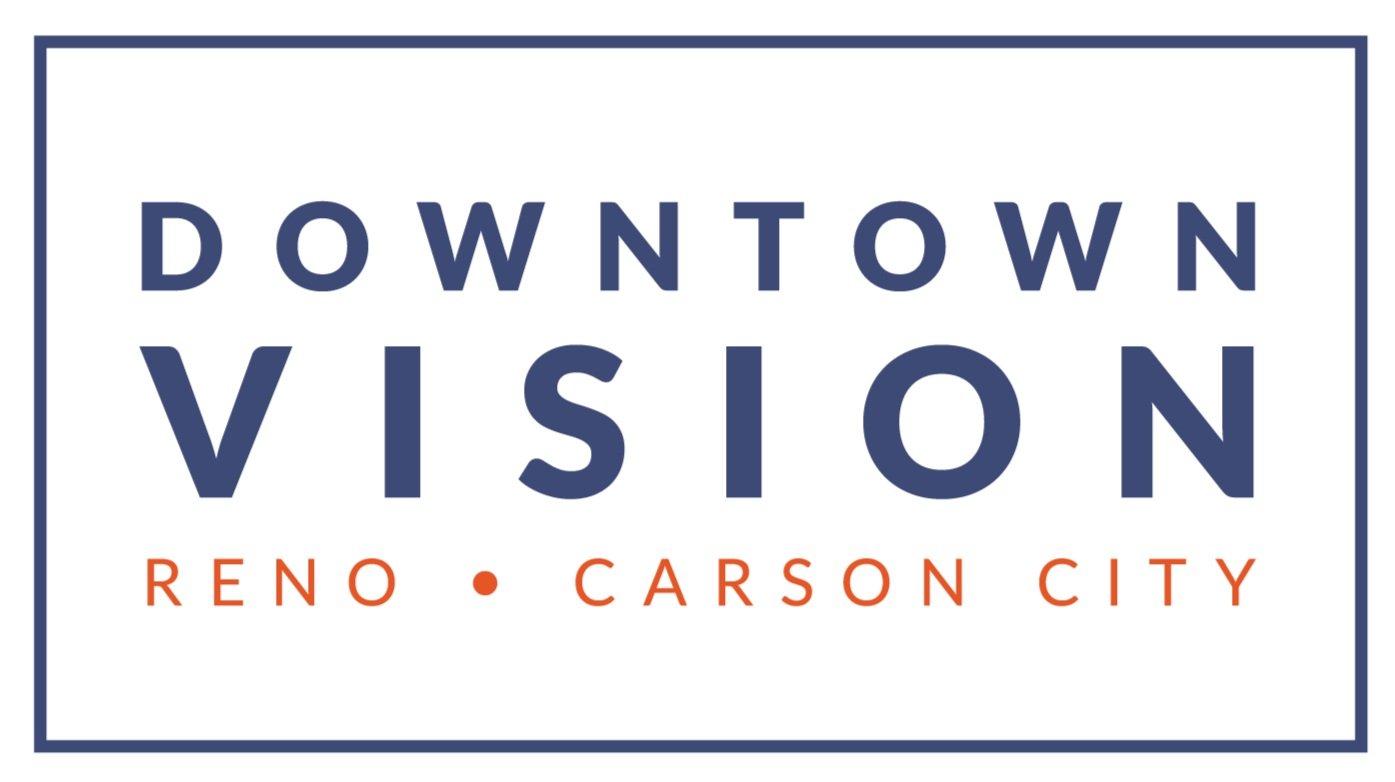Healthy Vision Month: UV Rays
Our eyes are precious organs that allow us to experience the world around us. However, many people often overlook the importance of protecting their eyes from harmful Ultraviolet (UV) light. Understanding the harmful effects of UV radiation and implementing protective measures can help you preserve your vision and prevent potential eye conditions. In honor of Healthy Vision Month, let's delve into why UV protection is essential and how you can take proactive steps to care for your eyes.
What is UV Light?
Ultraviolet light is a form of radiation emitted by the sun or artificial sources like tanning beds. There are 3 types of UV light: UV-A, UV-B, and UV-C; these different types of UV light differ due to their wavelengths. While UV-C is completely absorbed by the Earth’s ozone layer, UV-A and UV-B can penetrate this layer and put your eyes at risk.
Direct and long-term exposure to UV-A and UV-B light can increase the risk of eye conditions like cataracts, macular degeneration, pterygium, and photokeratitis. The delicate structures of the eye, like the cornea, lens, and retina, are also at risk for damage when exposed to these types of light. Luckily, there are easy habits that you can implement in your daily routine to start protecting your eyes!
Wear sunglasses that block 100% of UV-A and UV-B rays.
Seek shade to reduce direct exposure during peak sunlight hours. Typically, the sun's UV rays are at their strongest between the hours of 10am and 4pm.
Use protective eyewear for activities with potential UV exposure, such as welding or tanning.
Wear broad-brimmed hats and visors for additional protection from direct sunlight.
Sunglasses are an easy and effective way to protect your eyes from UV rays. When looking for a pair, we recommend finding sunglasses that have:
UV protection: look for sunglasses labeled as blocking 100% of UV-A and UV-B rays.
Appropriate lens color and darkness: gray, green, or brown lenses are both effective in reducing glare and maintaining color perception.
Polarization: reduces glare from surfaces like water, snow, or sand.
A frame style with coverage: opt for larger frames or wraparound styles for better coverage especially on the sides of the eyes.
Quality and durability: invest in sunglasses made from high-quality materials for long-term use.
Protecting your eyes from UV light is essential for maintaining healthy vision and preventing long-term eye damage. By understanding the risks associated with UV exposure, adopting protective measures, and selecting appropriate eyewear, you can safeguard your eyes and enjoy the world with optimal vision. Come in to Downtown Vision and ask the experts what lenses would be best for your needs.
Sources:
